Rajnigandha | Polianthes Tuberosa | گل شبو | ٹیوب روز
₨2,400.00
The tuberose is a night-blooming plant native to Mexico, as is every other known species of Polianthes.It grows in elongated spikes up to 45 cm (18 in) long that produce clusters of fragrant waxy white flowers that bloom from the bottom towards the top of the spike. It has long, bright green leaves clustered at the base of the plant and smaller, clasping leaves along the stem.
Description for Rajnigandha, Polianthes Tuberosa
Polianthes tuberosa, the tuberose, is a perennial plant related to the agaves, extracts of which are used as a note in perfumery. The common name derives from the Latin tuberosa, meaning swollen or tuberous in reference to it’s root system.
Polianthes Tuberosa (Rajnigandha), the tuberose is a perennial flowering plant (A perennial plant is a plant that lives for more than two years). Meaning of Rajanigandha is The Fragrance of the Night, it has tubular blooms with magical and seductive fragrance which is uncommon and spells magic to all who smell it.
It grows in elongated spikes up to 45 cm (18 in) long that produce clusters of fragrant waxy white flowers that bloom from the bottom towards the top of the spike. It has long, bright green leaves clustered at the base of the plant and smaller, clasping leaves along the stem.
| Common name | Flower colours | Bloom time | Height | Difficulty |
|---|---|---|---|---|
| Mexican tuberose, Tuberose, Rajanigandha | White | Late Summer | 2 to 3 feet | Easy to grow |
Planting and care
Keep the soil consistently moist before and during the period of bloom that occurs in late summer. Enrich poor soil with compost and organic amendments to increase drainage and texture for the best show of tuberose flowers. Best results of blooms come from the cultivar Mexican Single, which is highly fragrant
| Sunlight | Soil | Water | Temperature | Fertilizer |
|---|---|---|---|---|
| Full Sun to Partial sun | Well-drained loam soil | Keep soil moist throughout the growing season. Reduce watering as leaves die down and keep dry when dormant. | 70 to 75 degrees F (21 to 24 degrees C) | Apply any organic liquid fertilizer. |
Caring for Rajnigandha
- Blooms are spent and foliage is yellowed, bulbs must be dug up and stored for winter protection in northern areas.
- Tuberose plant info varies as to which gardening zones can leave the bulbs in the ground over the winter.
- All recommend spring planting, but autumn digging and storage is said by some to be necessary for all but zones 9 and 10.
Harvesting
NA
Typical uses of Rajnigandha
Special features: Flowers
Culinary use: NA
Ornamental use: The plant is used for an ornamental purpose. They are excellent in the garden or in pots.
Medicinal use: NA
References
- http://www.gardeningknowhow.com/ornamental/bulbs/tuberose/tuberose-plant-info.htm
- http://www.flowersofindia.net/catalog/slides/Rajanigandha.html
- https://www.rhs.org.uk/Plants/62828/Polianthes-tuberosa-The-Pearl-(d)/Details
- http://www.plantsrescue.com/polianthes-tuberosa/
Be the first to review “Rajnigandha | Polianthes Tuberosa | گل شبو | ٹیوب روز” Cancel reply
You must be logged in to post a comment.
Only logged in customers who have purchased this product may write a review.
See some of our delivered orders by Clicking here
Applicable on Plants Only: As plants are diverse in appearance, the image is for reference. The plant delivered may vary in size. Price is according to the plant size delivered.
"For Plants Only " All our plants come in living room ready condition in a high quality plastic pot. See The PotRelated products
Money Plants
Outdoor Plants
Palm Trees
Outdoor Plants
Palm Trees
Outdoor Plants


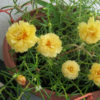
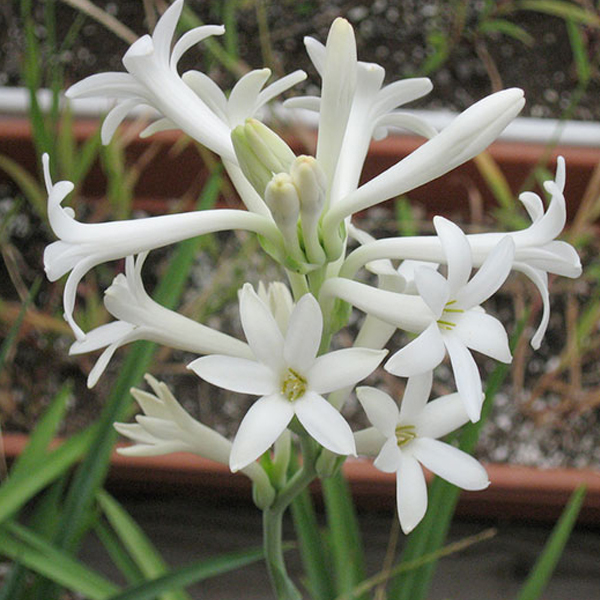
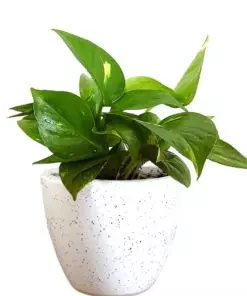
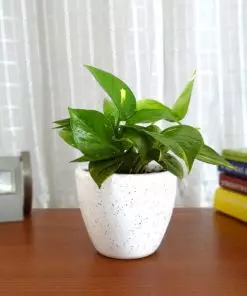
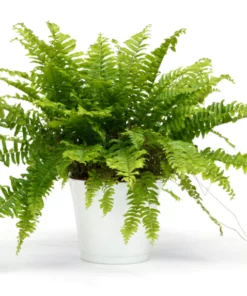
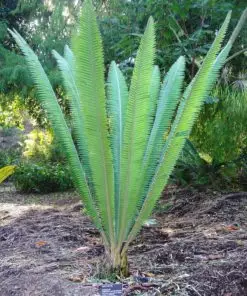
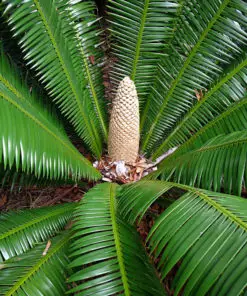
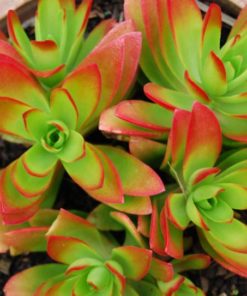
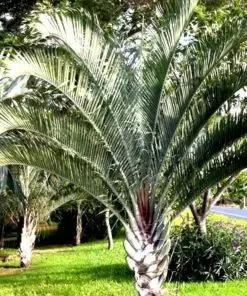
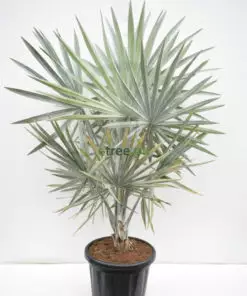
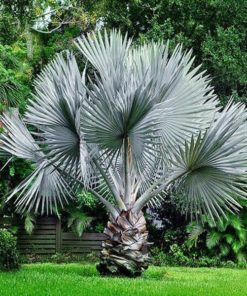
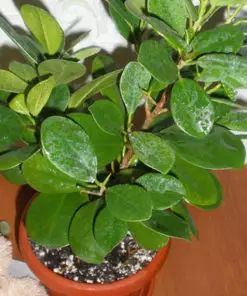
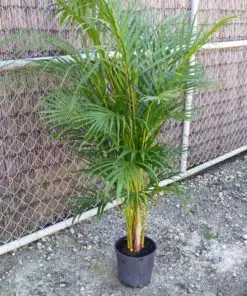
Reviews
There are no reviews yet.